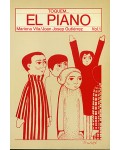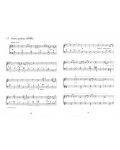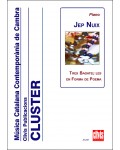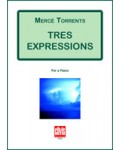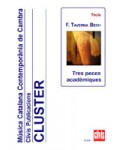
No products
Prices are tax included
Product successfully added to your shopping cart
There are 0 items in your cart. There is 1 item in your cart.
- English
- Castellano
- Català
Sonatina
DE564
The Sonatina for piano is not an excessively difficult work from a technical point of view and, except for the third movement, as with many Sonatinas from the majority of composers, it is all imbued with a feeling of happiness appropriate for its nature as a Scherzo.
| Period | 20th c. |
| Subheading / Parts | Allegro - Andantino poco rubato - Molto allegro |
| Instruments | piano |
| Pages | 24 |
| Time | 9 min |
| Contents | score |
| ISMN | 979-0-3502-0614-6 |
| Price of print edition | 13€ |
| Edition | Digital |
I wrote Sonatina for piano in March 1999 while rehearsing the opera Rigoletto in the city of Pamplona. As I had had this Verdi opera in my repertoire for years, I could relax enough when having breaks to write something I had been wanting to do for a long time – a composition for piano, which, ultimately, is my instrument. Until then it had always been the accompanying instrument for a large number of songs – only a few short pieces for piano usually formed part of my production.
I was already sure of the breakdown into three movements, and that I wanted to write in a classical framework from a formal point of view. The language is generally modal and also uses some exotic scales, like the Hungarian, for which I have always had a predilection. The relationship between tones, to put it like that, is that of composers like Prokofiev, which is made quite clear in the first movement, specifically in the bridge to theme B, and I cannot deny I had his Classical Symphony in mind more than other more classical works. In the second movement, the references are South American; the 7/8 time used is an attempt to get close to the relaxed rhythms of Brazil or Mexico – the Salón Mexico by Aaron Copland, for example – evoking a kind of very gentle samba. The third movement uses an 8/8 split into 3+3+2, in the style of many of Piazzolla’s tangos, but with a completely different character; this is the real pezzo di bravura of the work, in which I once again use this scale that raises the 4th degree, as in Lydian mode, but at the same time lowering the 7th.
In general this is not an excessively difficult work from a technical point of view and, except for the third movement, as with many Sonatinas from the majority of composers, it is all imbued with a feeling of happiness appropriate for its nature as a Scherzo.
Miquel Ortega

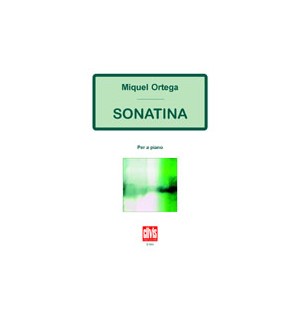




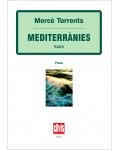
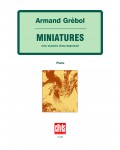
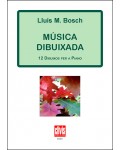
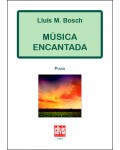
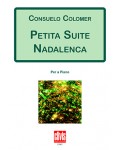
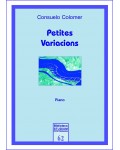
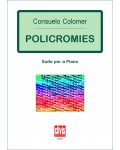
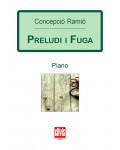
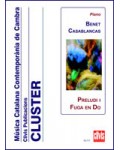
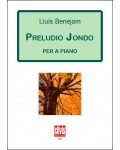
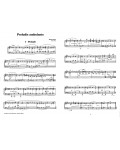
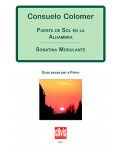
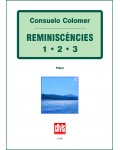
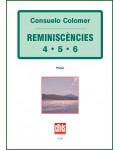
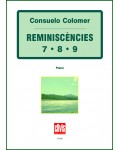
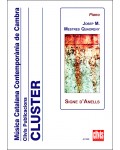
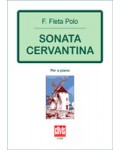
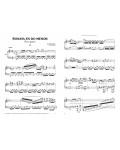
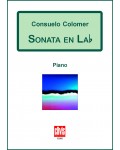
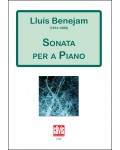
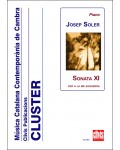
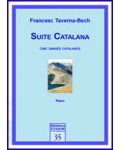
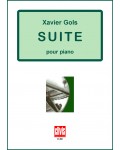
![Tema amb [4] variacions](https://www.clivis.cat/1964-home_default/tema-amb-variacions.jpg)
![Tema amb [10] variacions](https://www.clivis.cat/1709-home_default/tema-amb-variacions.jpg)
